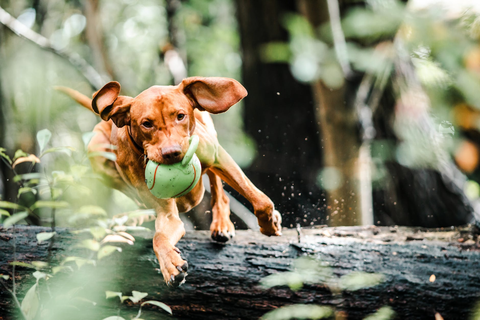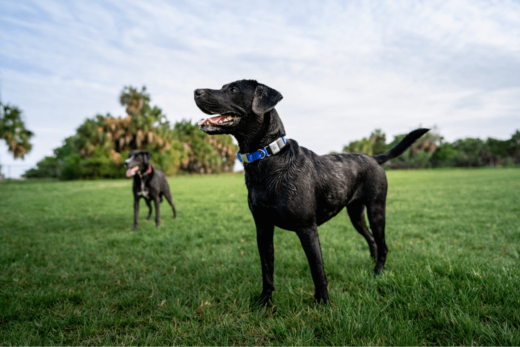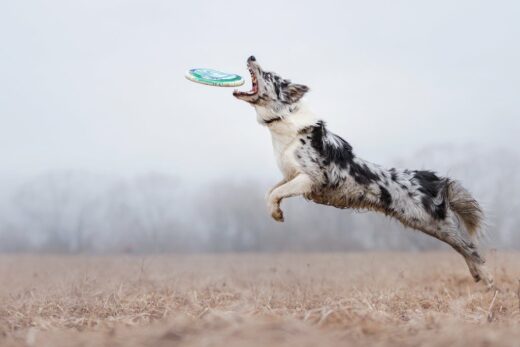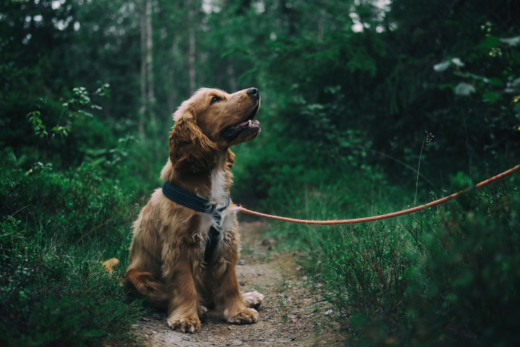All dogs can benefit from leash training. By leash training your puppy, juvenile or adult dog, you can help them learn to navigate the outdoor world safely while preventing them from becoming a threat or a nuisance to other animals or people. Through leash training, you’ll improve your ability to communicate effectively with your dog, which will allow you to control their behavior without resorting to coercion. Leash training is a compassionate act that will reduce your dog’s stress and frustration, as they will learn to follow your lead without protest or resistance.
Ideally, a dog should be leash trained from puppyhood. But that might not be possible in every instance. The happy truth is that dogs of all ages can be trained to walk comfortably and securely on a leash, which will keep them safe and you contented, knowing you’ve done your job as a pet parent.
Getting Started with Leash Training
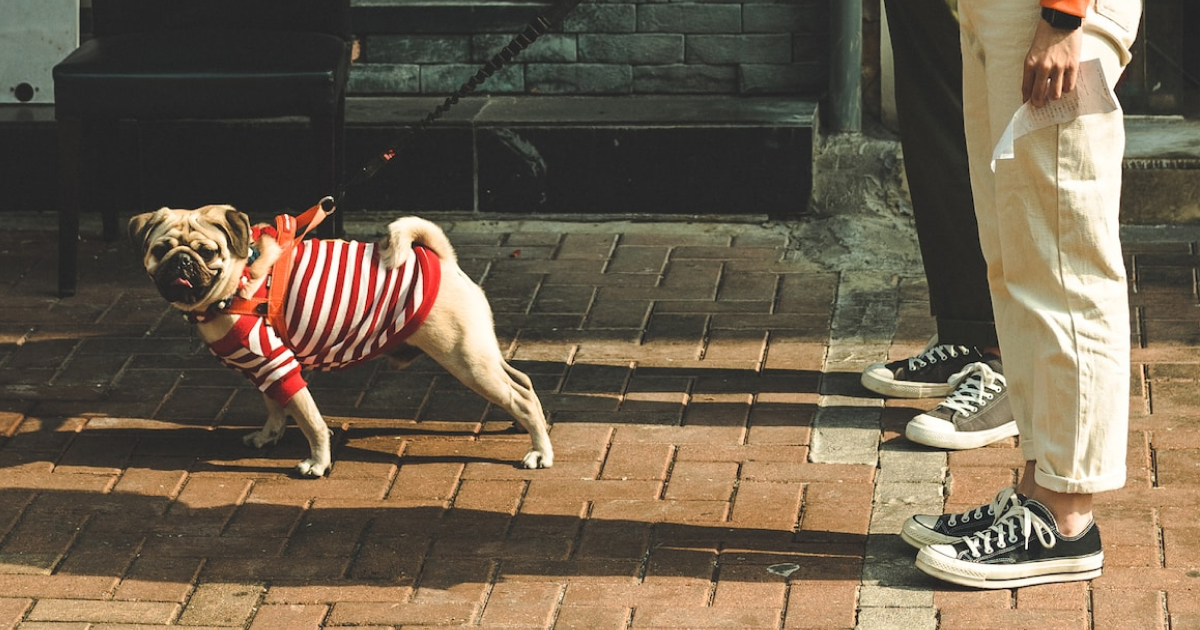
Before you implement a leash training program for your canine friend, you should have a clear idea of what leash training is meant to accomplish.
Fred Zorn from Fred Zorn Dog Training has some questions for pet parents who come to him for advice on how to leash train their dogs.
“First of all, what do you think a leash is?” he begins. “What do you think a leash does? And what do you imagine your dog thinks about a leash? By asking those three questions, I can start to change a person’s perception on how to use the leash.”
As Zorn explains, you should see a leash as a device for communication rather than control, and your dog should be taught to perceive it the same way. Leash training is a method for teaching your dog to pay attention to you and to follow your lead at all times. Once your dog understands that you’re using a leash to communicate your preferences and desires (which they will eventually), they will follow your instructions willingly and respond to your signals instantly.
Gaining your dog’s comprehension and cooperation should be your ultimate goal during leash training, and if you choose this objective, you’ll have the chance to accomplish some remarkable things.
Start with the Right Supplies
Before you can begin, you’ll need to outfit yourself with the basic equipment you’ll need to guide your puppy or dog successfully through a leash training regimen.
The items you should have include:
- A dragline leash. This type of leash is meant for indoor use and comes without a handle or any hoops or loops that could get caught on furniture.
- A long line or training line. This extended line allows the dog to explore outdoor environments safely on their own, but with the presence of the line and harness always in their minds.
- A regular leash. A proper leash for walking should be about six feet in length.
- A harness or collar. A harness that focuses your leash pull in the chest area is the best choice since it won’t squeeze your dog’s throat and can give you a more substantial amount of control.

